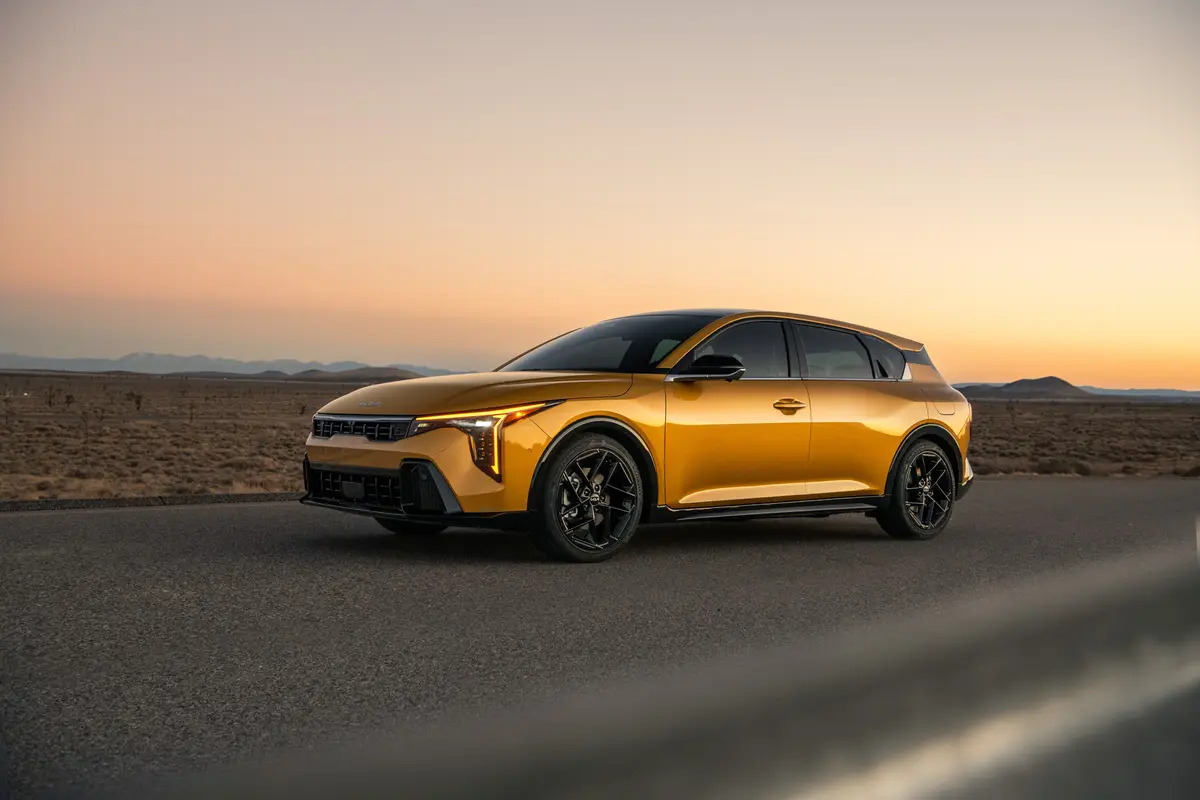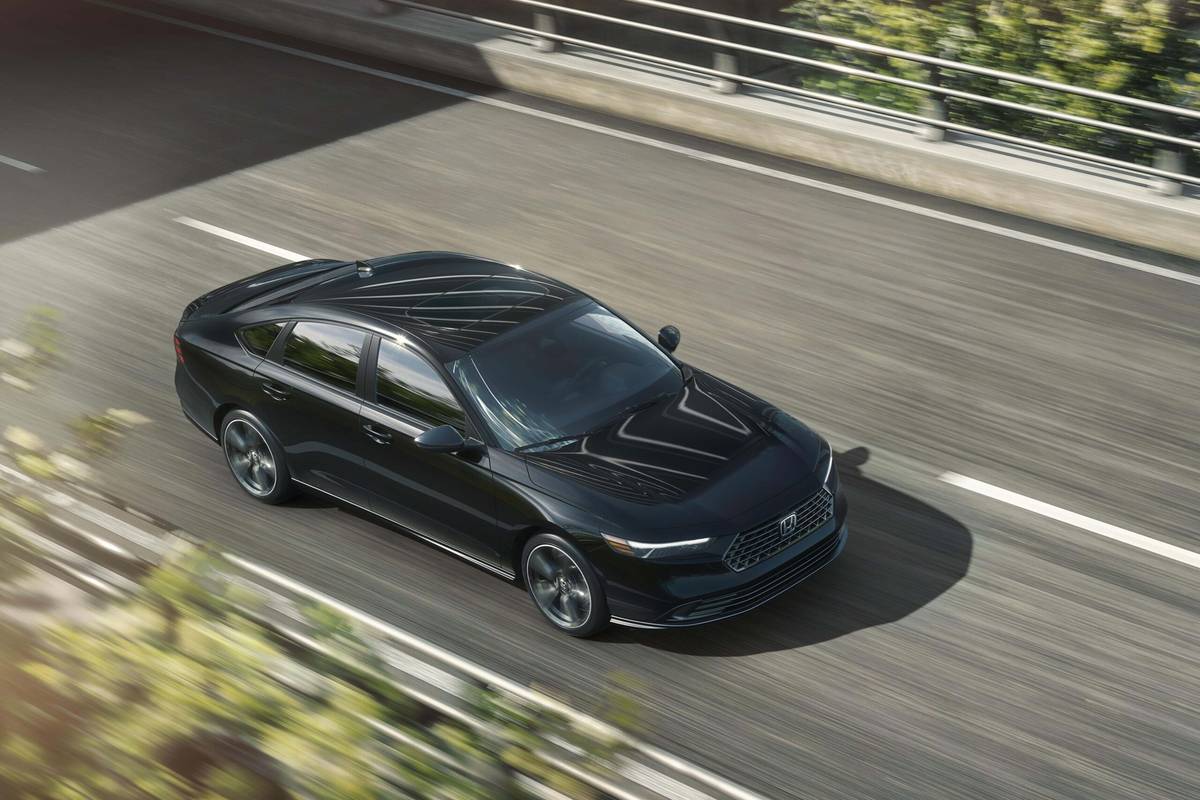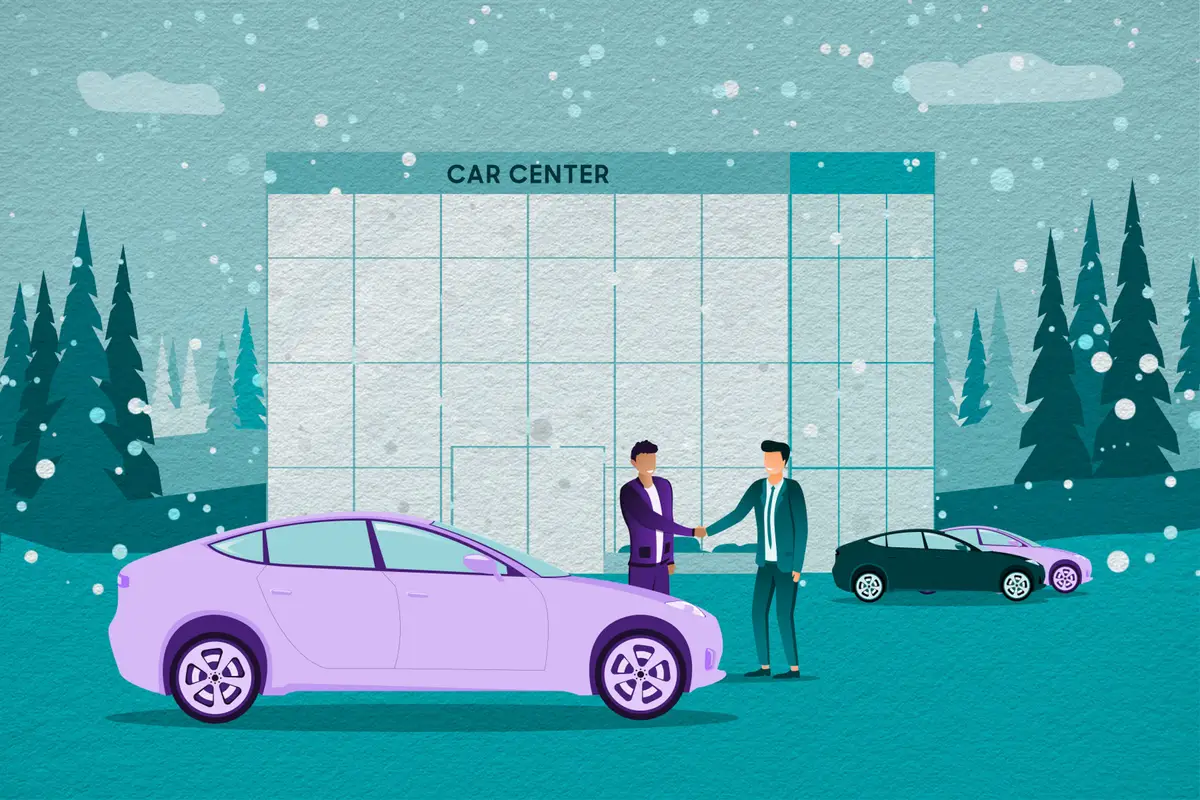washingtonpost.com's view
Foul winter weather is a good life coach, as evidenced by lessons learned from the East Coast snowstorms of February 2010. For example, consider age and residence:
If you are north of 55 years, it makes perfect sense to live in a condominium development where employees remove snow from driveways and sidewalks. With their plows and blowers, condo workers are more effective at snow removal than 50-somethings wielding snow shovels at detached, privately owned homes.
That knowledge comes from empirical observation. Ria Manglapus, my Washington Post assistant for vehicle evaluations, didn’t shovel anything in the early February storms that covered the mid-Atlantic and Northeast with up to three feet of snow. Snow shoveling and dumping was done quickly and efficiently by her development’s service department.
Thus, we parked this week’s test car, the 2010 Infiniti EX35 Journey crossover utility wagon, at Ria’s condo in Northern Virginia. She was able to get out and drive while my wife, Mary Anne, and I shoveled snow after paying $60 to one itinerant worker and $150 to a group of ambulatory shovel carriers to do the job poorly.
My 62-year-old body ached after the experience. (Mary Anne and Ria consider it “not necessary” to reveal their exact ages.)
Lesson two was that all-wheel-drive vehicles are not all the same. In the first February blast of snow and ice, I discovered that Mitsubishi’s claim of superior stability and traction for its 2010 Outlander XLS crossover utility vehicle, equipped with its patented Super All-Wheel Control, was just that — a claim. In strong crosswinds, ice and light snow, the Outlander wiggle-waggled its way along northbound Interstate 87.
The Mitsubishi Outlander XLS came with 18-inch-diameter “all-weather” radials. The Infiniti EX 35 Journey was shod with 17-inch-diameter “all-weather” tires. But the EX35 Journey proved a much more stable companion on roads pounded by sleet and other icy precipitation.
Perhaps it was a matter of getting what you paid for. Infiniti’s all-wheel-drive compact crossover utility wagon, in size and other ways comparable to the Mitsubishi model, starts $11,000 higher than Mitsubishi’s model.
The Mitsubishi makes a good show for the money in terms of build quality and appointments. But the EX35 Journey, in terms of technology and overall road performance, offers discernibly more.
That’s understandable when you consider the platform histories of the Mitsubishi Outlander XLS and Infiniti EX35 Journey crossovers. Both are based on passenger cars — the Outlander on the often forgettable Lancer family sedan and the Infiniti EX35 Journey on the always memorable Infiniti G37 sports coupe.
The simplest way to differentiate the two is to say that the Outlander was built more for utility and economy. For example, it offers more cargo space than the Infiniti — a maximum 73 cubic feet of usable space versus 18.6 cubic feet usable for the EX35 Journey, which was built more for performance.
The EX35 comes with more power and torque — a 3.5-liter V-6 delivering 297 horsepower and 253 foot-pounds of torque versus a 3-liter V-6 producing 230 horsepower and 215 foot-pounds torque for the Outlander.
The EX35 has better balance (meaning it’s less top-heavy) than the Outlander, partly because it runs closer to the ground — a ground clearance of 5.4 inches for the EX35 versus 8.5 inches for the Outlander.
Lower ground clearance/better balance usually equals better handling, which proved to be true in driving the EX35 Journey and Outlander XLS in the snow.
There is another lesson learned from our snow-and-ice driving experiences: No vehicle can trump the laws of physics and common sense: “Ice is ice and too fast is too fast on roads covered with snow and ice,” Ria said. Each of us witnessed evidence of that truth in our respective drives of the EX35.
Operators of all-wheel-drive vehicles, in which power shifts from wheel to wheel on an as-needed basis, and dedicated four-wheel-drive trucks, in which power flows to all wheels simultaneously, apparently thought their drive systems allowed them to speed over ice. That hubris, for many of them, ended in crashes, spin-outs and overturned vehicles. They ignored the laws of physics and common sense best stated Lou Ann’s Law, an edict laid down by a California friend and automotive writer:
Regardless of your vehicle or its equipment, “Never drive faster than your angels can fly.”
Latest news



